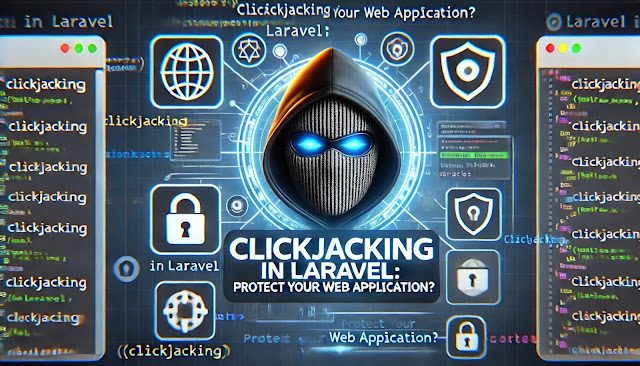Man-in-the-Middle (MitM) Attacks in Laravel: Prevention Guide

Man-in-the-Middle (MitM) Attacks in Laravel: A Comprehensive Guide with Examples In the ever-evolving cybersecurity landscape, Man-in-the-Middle (MitM) attacks remain a significant threat to web applications. Laravel, one of the most popular PHP frameworks, is no exception. In this blog post, we will explore MitM attacks, their implications for Laravel applications, and how to mitigate them effectively using code examples. What Are Man-in-the-Middle (MitM) Attacks? A MitM attack occurs when an attacker intercepts communication between two parties to steal sensitive information or alter the transmitted data. These attacks often exploit unencrypted communication or poorly configured servers. Impact of MitM Attacks on Laravel Applications User Data Theft : Interception of sensitive user data such as login credentials or payment details. Unauthorized Access : Attackers may impersonate users or servers, leading to unauthorized access. Data Manipulation : Hackers can alter t...





%20Injection.jpg)
%20in%C2%A0Laravel.jpg)
%20in%C2%A0Laravel.jpg)

